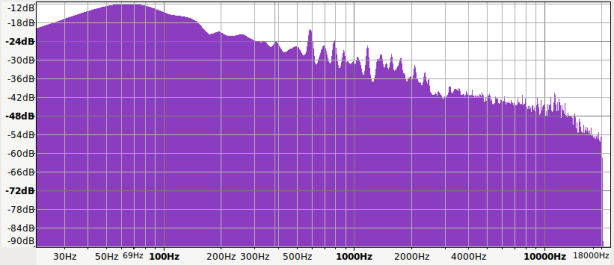Audioagnostic
Member
- Joined
- Dec 1, 2018
- Messages
- 88
- Likes
- 115
The title says it all. There is an audio myth that large amplifiers are needed to get good bass.
Is this true?
My feeling as a scientifically inclined audio agnostic leans heavily towards the opinion that a Watt is a Watt and that therefore it does not make a difference what the power of your amplifier is, or how heavy the transformer in the amplifier is. My knowledge about audio is quite limited though hence my question in this forum.
Please let me know if there is a good source or thread on this subject. I searched but have difficulties to find a definitive answer.
I am of course aware that more power can give more output but my question is about sound levels that do not require a large amount of power.
My setup, if this helps.
I am using dynaudio excite x38 speakers, sensitivity 88 dB, 4 ohm, 34 Hz - 23 kHz.
At the moment I am powering it with a raspberry pi based streamer amplifier combo, hifiberry amp2. https://www.hifiberry.com/shop/boards/hifiberry-amp2/
I really like the tiny size and the combination sound excellent. Power is stated as 60 Watt but that seems highly optimistic. I have it limited in Volumio to avoid the distortion this amp will have at higher output levels.
Why ask this question if it sound good you might say. Well of course I like to experiment and will hook up a big amplifier that I have gathering dust in the attic. It will be impossible to do a blind test and I just want to know a bit more about the theoretical aspects of amplification and bass.
This was quite a long question, hope you guys can help me.
Is this true?
My feeling as a scientifically inclined audio agnostic leans heavily towards the opinion that a Watt is a Watt and that therefore it does not make a difference what the power of your amplifier is, or how heavy the transformer in the amplifier is. My knowledge about audio is quite limited though hence my question in this forum.
Please let me know if there is a good source or thread on this subject. I searched but have difficulties to find a definitive answer.
I am of course aware that more power can give more output but my question is about sound levels that do not require a large amount of power.
My setup, if this helps.
I am using dynaudio excite x38 speakers, sensitivity 88 dB, 4 ohm, 34 Hz - 23 kHz.
At the moment I am powering it with a raspberry pi based streamer amplifier combo, hifiberry amp2. https://www.hifiberry.com/shop/boards/hifiberry-amp2/
I really like the tiny size and the combination sound excellent. Power is stated as 60 Watt but that seems highly optimistic. I have it limited in Volumio to avoid the distortion this amp will have at higher output levels.
Why ask this question if it sound good you might say. Well of course I like to experiment and will hook up a big amplifier that I have gathering dust in the attic. It will be impossible to do a blind test and I just want to know a bit more about the theoretical aspects of amplification and bass.
This was quite a long question, hope you guys can help me.

